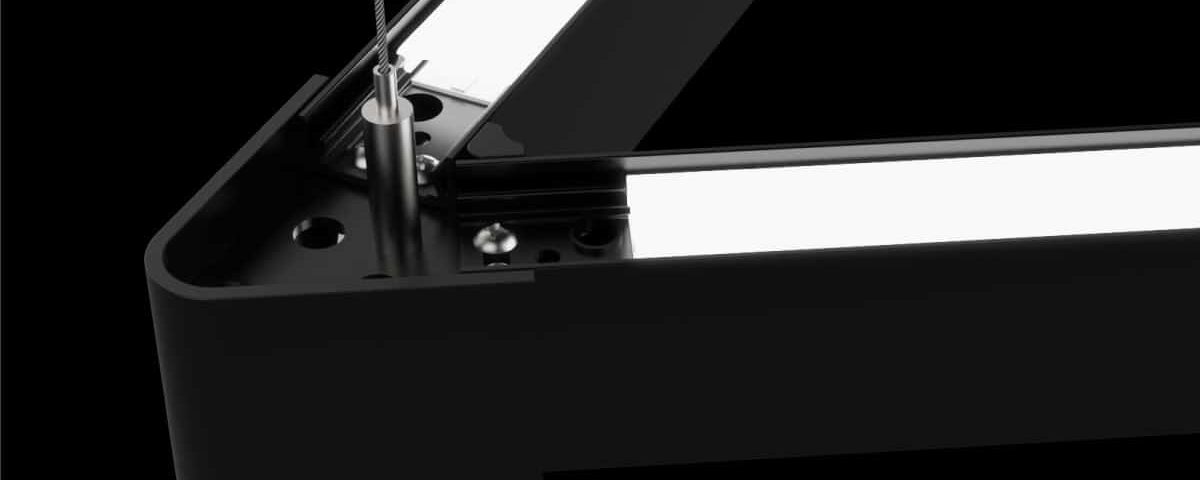LED Light Engines Enable the Versatility that Lighting Designers Require.
Professional lighting designers bring expertise in both the creative and technical complexities of a lighting design opportunity. Understanding how the light needs to work within the space and what fixtures and controls are the best choice to attain those goals is both and art and a science. Light fixtures that offer versatility are often the preferred choice for projects. A portion of that versatility equation is the LED light engine that are built into the luminaires.
What is an LED?
A light-emitting diode is a semiconductor device that emits light when an electric current passes through the device. LEDs are now the most commonly used source for lighting in commercial and industrial spaces. They are often used in residential applications, either as integrated light fixtures or with standard light fixtures using LED replacement lamps.
Are LED modules and LED light engines the same?
LED modules and LED light engines both utilize diodes on a circuit board, but light engines are more complex and provide more functionality.
An LED module contains one or more diodes on a circuit board. They are often referred to as an assembly or array. The simple module requires additional functionality from other components if control or protection is desired.
The LED light engine contains the LED module plus various other components to enable complex applications. Light engines may include an onboard driver and different optical control and thermal protection elements, for example, dimming capabilities or a heat sink for temperature protection.
Why does a versatile light engine matter?
Light fixtures should be adaptable so they can be used in various applications. For instance, an office with high open ceilings using a linear fixture to illuminate the space may need higher lumen output and wide distribution, indirectly lighting the ceiling and lower lumens with a different distribution directly lighting the work surface. The same fixture could be used as a surface mount option with direct light only in a room with lower ceiling heights.
Customization in fixture selection, lumen output, and distributions allows the design team versatility to choose the best option for efficiency and to meet lighting levels required for the space. A platform that allows for easily changing the LED light engine and optics provides future-proofing the space against design changes and evolving technology and lighting standards without completely changing the lighting system.
Things to consider when looking for a versatile lighting solution:
Adjustable Output
Does the light fixture offer several lumen outputs and distribution? Light fixtures are now often CCT (correlated color temperature) and or lumen selectable. This flexibility means that in the field, someone can select the lumen output required for the space, the CCT, or the color of white light.
Color Tunability
Lighting systems may also be coupled with controls for dimming and tunable lighting. Tunable color selection means the office lighting may change CCT throughout the day to match the sun outside. This variability has many environmental health benefits for users of the space. A single fixture may also be able to be white light and include color-changing options. Think of a conference room or multi-purpose space that needs white light during the day but could use color at night for a client celebration.
Optics
Optical control refers to the fixture’s ability to put the light where it needs to go. A downlight often offers 20-degree, 40-degree, 60-degree, or wider optics, allowing a designer to use the same fixture to highlight a piece of artwork and to light a corridor just by changing the distribution.
Takeaways
When designing a space, look for an efficient, flexible, adaptable LED light fixture for maximum versatility. Beyond aesthetics, these choices provide a future-proof lighting system for any client.

